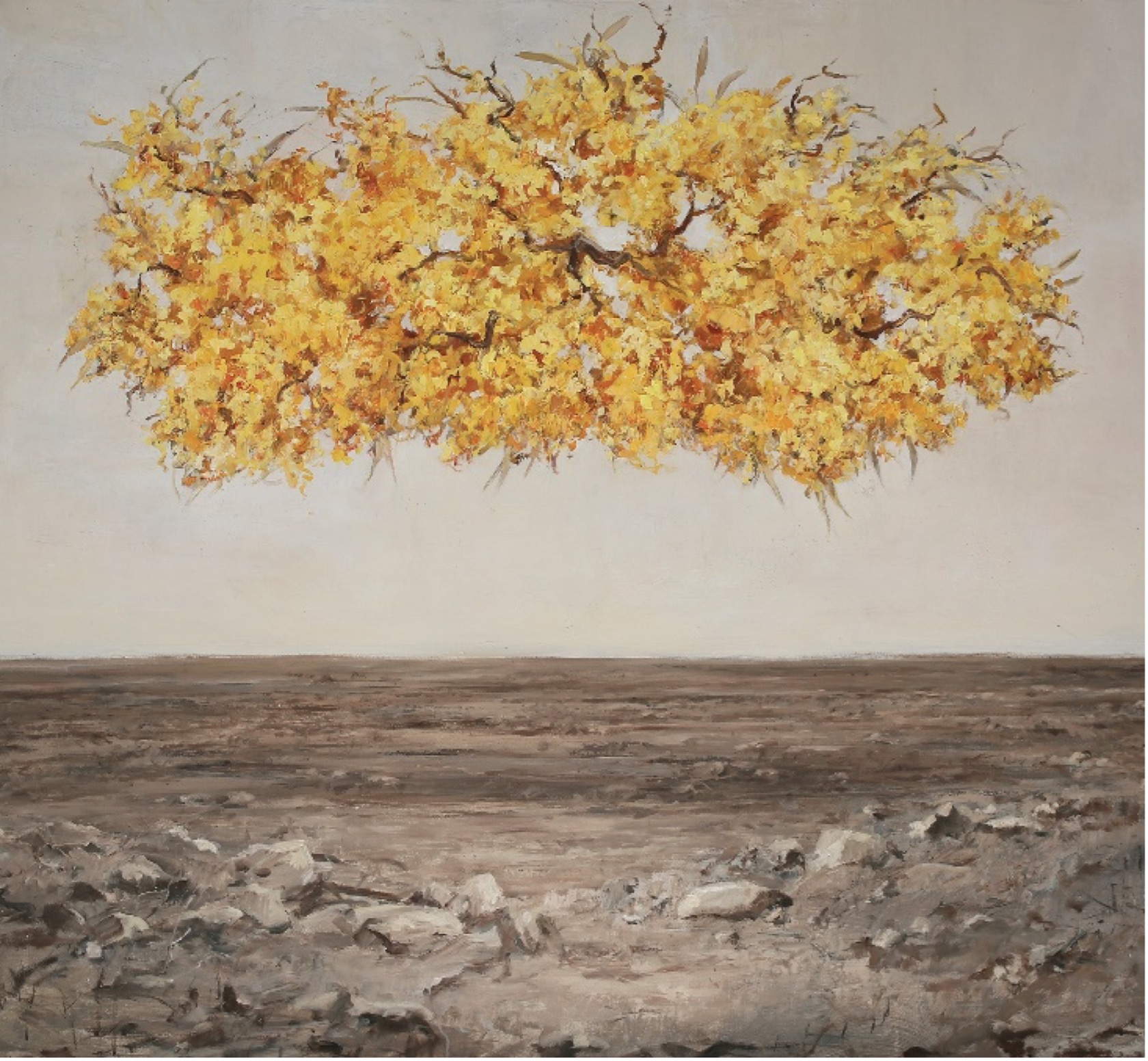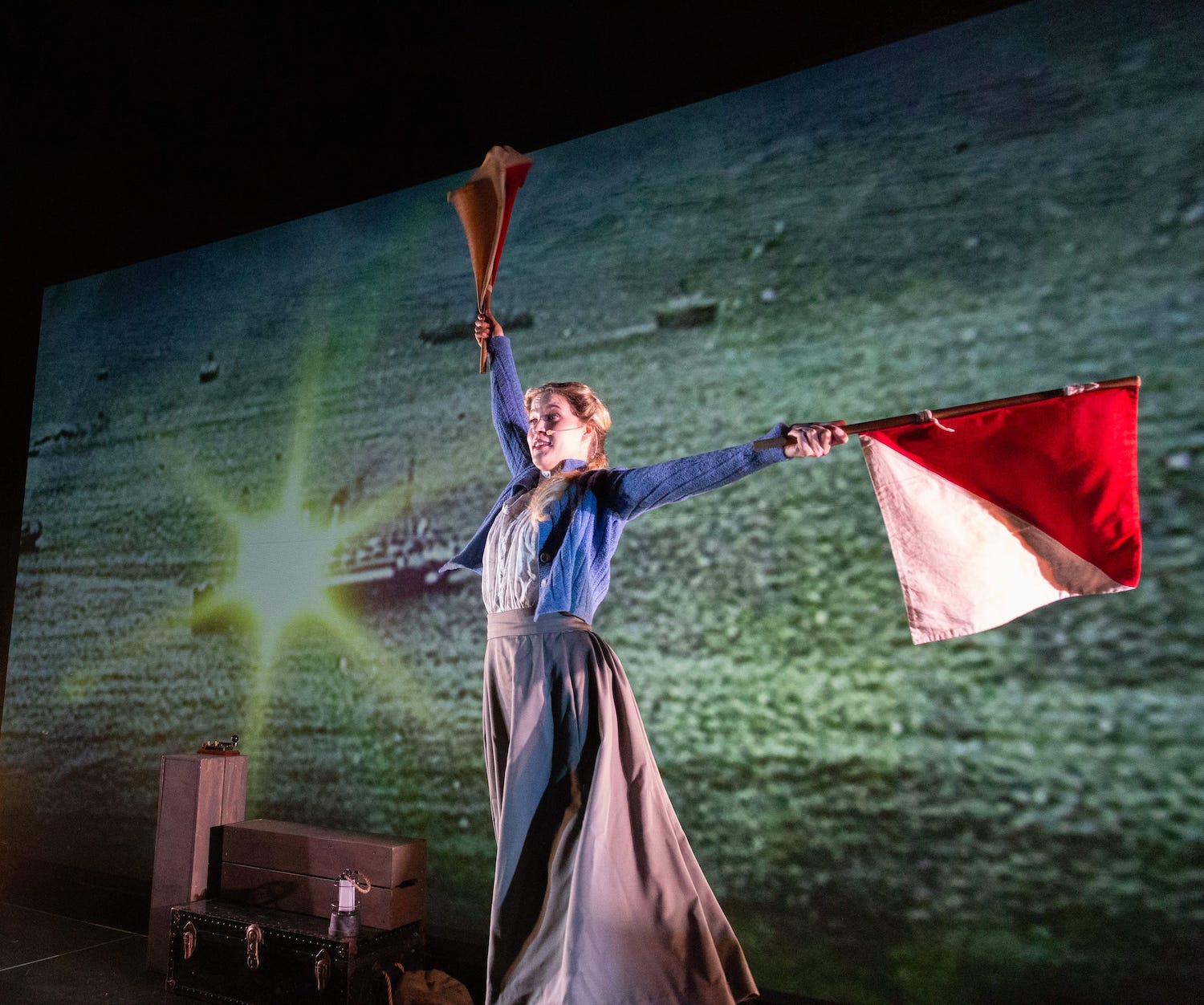ELLIS Rowan is one of Australia’s most incredible artists. She made people around the world, including Queen Victoria, sit up and take notice. Yet her name is barely known in Australia.
You don’t have to be an art connoisseur, or even an art follower, to be wowed by the wonderful works of this 1800s painter who inadvertently gave Australia’s leading male painters, including Tim Roberts, a proverbial poke in the eye with her masterpieces.
Her works were so botanically-accurate, colourful and stylistic that her superb standards have rarely been reached.
Ellis stole so many top awards from the blokes that they protested bitterly, without success, to the top judges and leading art administrators of the day.
Their case wasn’t helped when Ellis’s works were acquired by people like the ex-president of the British Royal Academy, Lord Leighton.
Born in Melbourne in 1848, Ellis developed a total commitment to her watercolours, becoming an intrepid explorer that took her into Western Australia’s deserts, Queensland’s rainforests and dangerously-remote and creature-infested parts of the Himalayas, Europe, New Zealand, Caribbean and the United States.
Her many depictions of WA’s spider orchids, Grevillea, spinifex, hibiscus and desert pea, painted in 1889 – when she travelled with painter friend Margaret Forrest (Lady Forrest, wife of WA Premier Sir John) – are among her brilliant, technically-correct watercolours.
They formed the WA colony’s first art exhibition at the Perth Railway Station reading room and she went on to win a silver medal in Sydney’s major art show.
Prolific over 50 astounding years of adventure and achievement, with more than 3,000 works now in major private and public collections including the National Library, the petite painter was so deft with the paint brush that she didn’t bother with sketches.
Described as beautiful and plucky, Ellis often worked alone on her easel in dusty deserts, in crocodile-riddled swamps, in rain forests with poisonous snakes and mosquitos and in jungles among wild animals. She contracted malaria among other ailments.
Yet, with all this discomfort, wherever she was, she always dressed to the highest fine-fashion standards of the day, neck-to-knee in long-flowing dresses.
While women were put in their place by men and expected to paint not much more then vases of flowers to prevent boredom, Ellis simply out-painted the male-dominated field.
In 1873, Ellis became engaged at 25 to English army captain Frederic Rowan who had been disfigured in the New Zealand Maori wars. They had one son, Eric (Puck), who died in an accident as a young man while Frederic died of pneumonia at 47.

Ellis had travelled sometimes with Frederic and in Albany in 1880 they became friendly with English painter Marianne North, daughter of a wealthy British MP.
It seems Marianne gave Ellis ideas about oil painting and showing flowers in their natural habitat with clouds or sunshine, insects, birds, seeds and leaves. Later Ellis watercolours captured them too.
Ellis’s works including never-before seen images of Australian wildflowers, some rare and some new to science. They were bought by royalty, including Queen Victoria, whom Ellis met and charmed, and many wealthy collectors.
Ellis’s gongs and gold medals piled-up to her last international competition where she showed 99 paintings at the World Columbian Exhibition in Chicago and won gold.

The Ellis Rowan name was thankfully raised recently with the release of a book by Christine Norton-Evans: Ellis Rowan: A Life in Pictures, published by the National Library of Australia.
I have seen the book but I highly-recommend the earlier book: The Flower Hunter. Ellis Rowan. It still available with several reprints since 2002.
The fabulous reproductions of her paintings accompanying the biography make this a tome that everyone can read and love. A brilliant gift for men, women and children.
Published by the National Library of Australia, I recently ordered it through a bookshop for $20 but this must-read, must-know story is probably cheaper online.



































